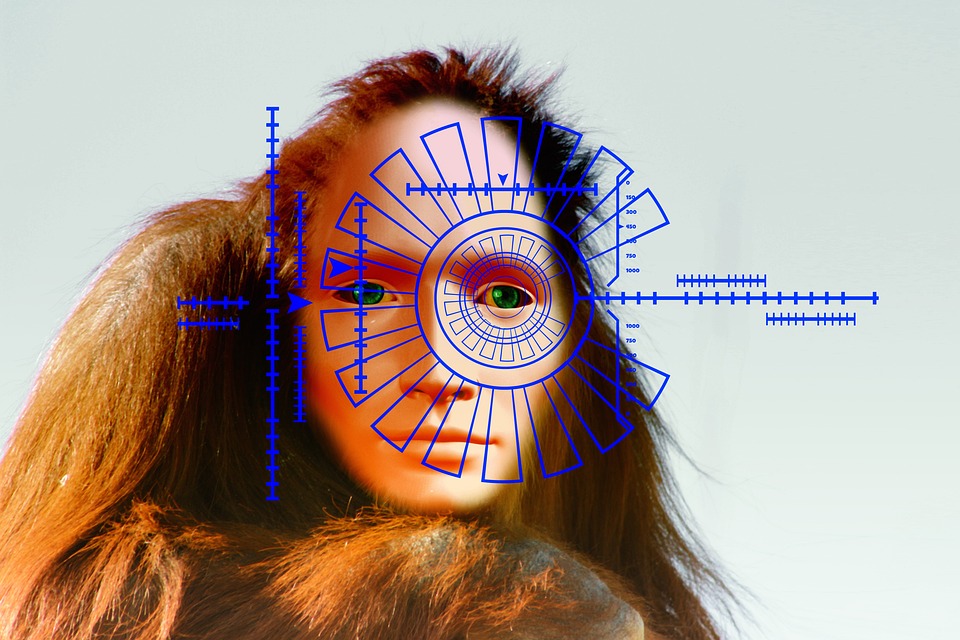
A Tale of Transformation: Unpacking the Layers of Character Evolution
Character evolution is a central theme in literature that resonates with readers on a deep level. We are drawn to stories about characters who undergo personal growth, change, and transformation throughout the course of a narrative. These transformations can be physical, emotional, psychological, or spiritual, and they often mirror the journeys we undergo in our own lives. One such story that beautifully captures the theme of transformation is the classic novel “A Tale of Two Cities” by Charles Dickens.
The Protagonist: Charles Darnay
One of the central characters in “A Tale of Two Cities” is Charles Darnay, a French nobleman who renounces his title and wealth in order to live a simpler life. At the beginning of the novel, Darnay is portrayed as a selfless and honorable man who is willing to sacrifice everything for the greater good. However, as the story progresses, we see Darnay undergo a series of transformations that challenge his beliefs and test his loyalty.
One of the key moments of transformation for Darnay comes when he is arrested and imprisoned in France during the French Revolution. In the face of great danger and adversity, Darnay’s true character is put to the test. Will he remain true to his principles and values, or will he succumb to fear and self-preservation?
As Darnay navigates the treacherous political landscape of revolutionary France, we see him evolve from a naive and idealistic young man into a mature and resolute individual. His experiences shape him into a stronger and more complex character, one who is willing to make difficult choices and take risks for the sake of those he loves.
The Love Interest: Lucie Manette
Another character who undergoes significant transformation in “A Tale of Two Cities” is Lucie Manette, the novel’s heroine. Lucie begins the story as a fragile and vulnerable young woman who has endured great suffering and trauma. However, as the narrative progresses, we see Lucie develop into a resilient and compassionate individual who is capable of great strength and courage.
One of the key moments of transformation for Lucie comes when she is reunited with her long-lost father, Dr. Manette, who has spent years imprisoned in the Bastille. As Lucie helps her father recover from his traumatic experiences, she discovers a newfound sense of purpose and resolve. Her love and devotion to her family give her the strength to endure the hardships and challenges that come her way.
Throughout the novel, Lucie’s character undergoes a profound evolution, as she transitions from a passive and submissive young woman into a brave and independent individual. Her ability to overcome adversity and find hope in the midst of despair is a powerful testament to the resilience of the human spirit.
The Antagonist: Madame Defarge
On the opposite end of the spectrum is Madame Therese Defarge, the novel’s formidable antagonist. Madame Defarge is a vengeful and ruthless woman who seeks to avenge the injustices committed against her family during the French Revolution. Throughout the story, Madame Defarge’s character undergoes a transformation of a different kind, as her thirst for revenge consumes her and leads her down a dark and destructive path.
Madame Defarge’s transformation is marked by a profound shift in her motivations and actions. Initially driven by a desire for justice and retribution, Madame Defarge becomes consumed by hatred and violence, losing sight of her original goals and values. Her transformation into a merciless and unforgiving figure stands in stark contrast to the growth and redemption experienced by other characters in the novel.
The Theme of Redemption
At its core, “A Tale of Two Cities” is a story about redemption and the possibility of change. The characters in the novel undergo profound transformations that challenge their beliefs, test their loyalties, and ultimately lead them to a place of self-discovery and growth. Through their journeys, we see the power of love, sacrifice, and forgiveness to transform individuals and bring about positive change.
Charles Darnay, Lucie Manette, and Madame Defarge each undergo their own unique transformations throughout the course of the narrative. Their journeys from innocence to experience, from weakness to strength, and from darkness to light serve as powerful examples of the transformative power of the human spirit.
As readers, we are invited to reflect on our own journeys of growth and evolution, and to consider the ways in which we can learn from the struggles and triumphs of the characters in “A Tale of Two Cities.” Through their stories, we are reminded of the capacity for change and transformation that lies within each of us, and the potential for redemption and renewal that exists in every individual.
Conclusion
In conclusion, “A Tale of Two Cities” is a timeless tale of transformation that resonates with readers for its exploration of character evolution and growth. Through the experiences of Charles Darnay, Lucie Manette, and Madame Defarge, we see the power of adversity to shape individuals, test their convictions, and ultimately lead them to a place of redemption and renewal. The novel serves as a powerful reminder of the transformative power of the human spirit and the potential for change that exists within each of us.
As we follow the journeys of these characters, we are inspired to reflect on our own paths of growth and evolution, and to consider the ways in which we can learn from their experiences to become stronger, more compassionate, and more resilient individuals. “A Tale of Two Cities” is a testament to the enduring capacity for change and transformation that lies within the human heart, and a powerful exploration of the themes of redemption, forgiveness, and the transformative power of love.